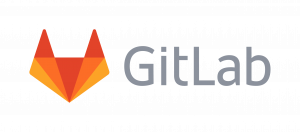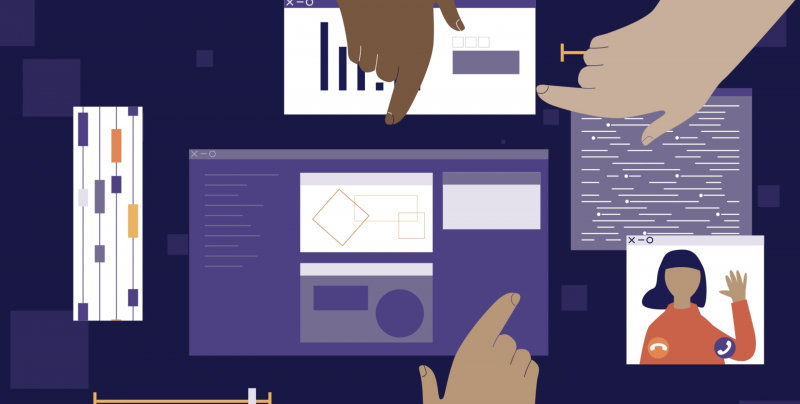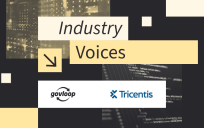Imagine knowing a coworker is struggling with a project intended to help thousands of end-users — alone. They’re isolated from any support, using antiquated tools and are aware they are grappling with the project, you can’t give them new tools. You can’t offer them insights. You can’t step into their silo and join the work.
That’s the situation that many government agencies today are facing, in siloed and antiquated environments. But what if things could be changed?
Like everything in today’s modern, fast-paced world, the landscape of government services is rapidly shifting and changing. This is especially true when it comes to agencies’ digital footprints.
Today, citizens expect to get government information in real time and access services quickly and easily. According to a recent survey, 85% of citizens expect the same or more from government digital services as they do from commercial ones.
Additionally, we are seeing massive global changes like the COVID-19 pandemic, forced telework, civil unrest, continuing cloud migration and cyberattacks on data stores. These trends are changing the way that people live, work and think.
In these unprecedented times, it is paramount that essential apps and services like unemployment insurance, healthcare IT, and relief efforts have the ability to scale to meet surging demand.
Today’s reality is this: If your agency isn’t already digitally transforming, it must do so now.
Many agencies are stuck in a legacy way of doing things. Technical debt today is daunting. For example, nearly 80% of the federal government’s $95 billion dollar IT budget is spent on legacy system maintenance. What’s more, outdated technical processes can take 8-10 years from planning to implementation.
There are other significant barriers to necessary digital transformation. In a recent Harvard Business Review survey, respondents said culture, process, and technology were each significant challenges to their organization’s digital transformation efforts.
But there is a path forward. Governments can adopt a new way of doing business, and a new mindset that focuses on collaboration.
The solution? Mapping out digital transformation and implementing an open source methodology for DevOps.
Remember your struggling coworker we talked about at the start of the lesson? Alone, cut off by silos and no ability to divvy up their work or to obtain modern tools? Instead picture this: a team of dedicated coworkers breaking down departmental and functional silos surrounding the work and the coworker to create an open collaborative workflow, bringing in modern technology, working together, each taking on critical tasks, working in parallel to achieve a common goal. Some are focusing on security; some on programming; some on testing.
That’s what DevOps could allow your agency to do.
Developing mission-relevant applications and getting them into production has traditionally been a slow process for agencies. But a DevOps approach to application development can help government IT to innovate faster.
As the world demands transformation and speed from its public services, a DevOps approach and automation of container deployments can help your agency thrive in its digital transformation journey.
And no one has to be alone doing it, burdened with outdated tools or legacy platforms or a sense of isolation. DevOps will allow your agency to come together in a culture of transparency, speed, and mission-led change.
This article is an excerpt from GovLoop Academy’s recent course, “Mapping Out Digital Transformation With a DevOps Culture,” created in partnership with Red Hat and GitLab. Access the full course here.







Leave a Reply
You must be logged in to post a comment.